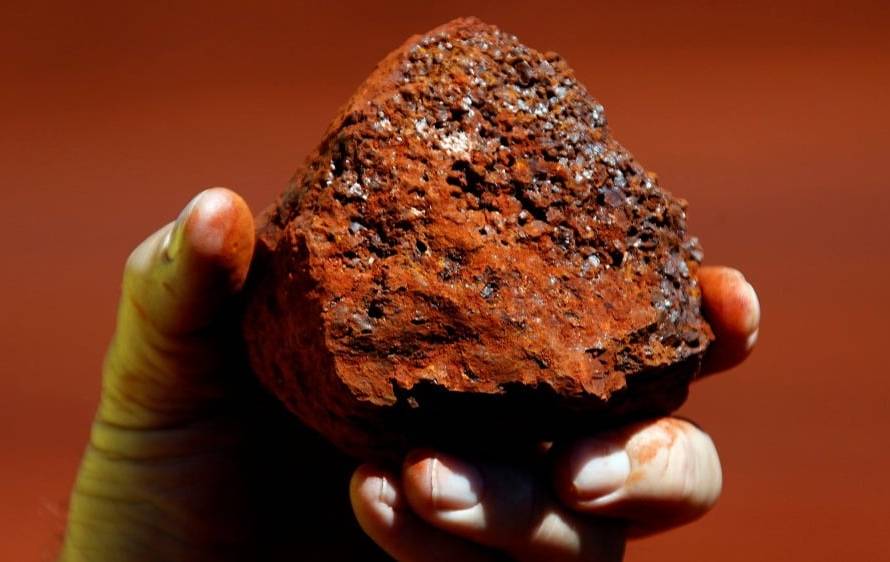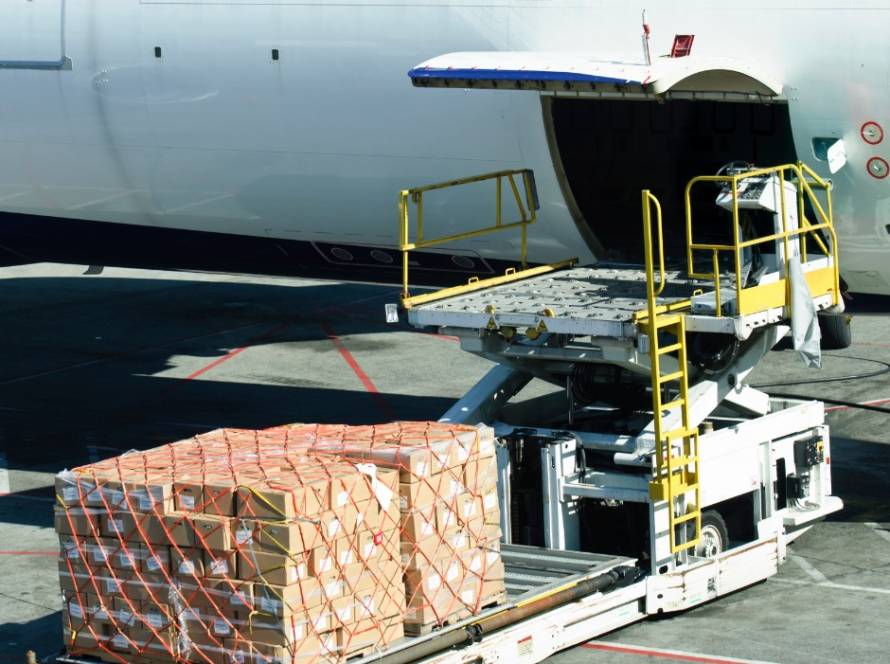After reaching its highest historical share in national pork production in 2024, Paraná continues to record considerable increases in this sector. Pork exports increased by 91.5% in March this year compared to the same month last year, the largest variation since February 2016, when it rose by 121.4%.
This is one of the topics detailed in the Agricultural Situation Bulletin referring to the week of April 4 to 10. The document from the Department of Rural Economy (Deral), of the State Secretariat of Agriculture and Supply (Seab).

Photos: Jose Fernando Ogura
Figures from the Foreign Trade Secretariat (Secex) indicate that Paraná exported 19.4 thousand tons of pork last month, or 9.3 thousand tons more than 12 months ago. Compared to last February, growth was 8.9%, with 1.6 thousand tons more.
The Deral bulletin highlights that this performance places March 2025 in second place in the historical ranking of monthly exports of pork from Paraná, behind only October 2024, when 20.5 thousand tons were shipped.
According to Deral's swine farming analyst, veterinarian Priscila Cavalheiro Marcenovicz, there was an opening of the market in the Philippines, which has already become the third main destination for Paraná pork, with purchases of 2.5 thousand tons.
Traditional partners also increased their purchases last month, such as Hong Kong, with an increase of 99.9%, or 2.4 thousand more tons; Argentina, which purchased 358.5% more, corresponding to 1.9 thousand tons; and Uruguay, with the acquisition of 1.9 thousand more tons, which means an increase of 102.4%.
These and other countries that have trade relations with Paraná had already imported higher volumes on other occasions. “Therefore, the performance recorded in March reflects the combination of demands from markets that recognize and value the quality of pork produced in Paraná,” says Priscila.
Cattle

Photo: Ari Dias
The bulletin also analyzes the price of beef, which has been gradually rising in recent weeks, helping producers to receive more for their work. The price is currently at R$ 324.40.
However, in dollars, there was a significant variation, going from US$ 55.42 at the beginning of the week to US$ 54.18 at the close of the bulletin, reflecting the strong devaluation of the real due to economic uncertainties due to the new taxation imposed by the United States on several countries. Brazil was relatively little affected, but the North American clash with China still has repercussions.
“In the domestic scenario, this situation could favor producers and weigh on the pockets of Brazilian consumers: given trade restrictions with the US, China tends to increase demand for Brazilian meat, reducing the acquisition of American meat, driving up prices in the domestic market,” analyzes veterinarian Thiago De Marchi da Silva, from Deral.
Chicken
The production cost of live chicken in Paraná, raised in air-conditioned poultry houses under positive pressure, increased by 1.2% (R$ 0.06 more per kilo) in February compared to the previous month and became R$ 4.87 per kilo. The data comes from the Poultry and Swine Intelligence Center, from Embrapa Swine, which found an increase of 11.2% (R$ 0.49 per kilo) compared to February 2024.
In the other main chicken producers, the production cost in February this year was R$ 5.11 per kilo for Santa Catarina and R$ 4.95 in Rio Grande do Sul. The average nominal price of live chicken paid to producers in Paraná in February was R$ 4.64 per kilo, an increase of 4% compared to January, or R$ 0.18 more per kilo.
Honey

In Brazil, there was also an increase in the volume exported, with 5,347 tons for US$16.512 million. In 2024, 3,874 tons were exported in the first two months, with revenue of US$$ 9.960 million. Minas Gerais leads honey exports, with 1,827 tons in the two months and US$$ 5.632 million in revenue. Second place goes to Santa Catarina, with 979 tons (US$$ 2.931 million).
Bean
Paraná bean producers have already harvested 3% of the 332 thousand hectares estimated for this second harvest. Despite the reduction of 24% in relation to the area of 435 thousand hectares sown in 2024, the extension far exceeds the 166 thousand hectares of the first harvest, which ended in March, with 339.2 thousand tons.
The next harvest is expected to yield 610.6 thousand tons. However, this estimate may be reduced due to the dry and hot weather, with irregular and insufficient rainfall to reverse the losses already consolidated. The concern about production is compounded by the pressure on prices, which decreased with the supply in January, especially of black beans, and which are analyzed in the Deral bulletin.
Corn
The second corn crop is fully planted and, in the field, crop conditions are not favorable. Of the 2.66 million hectares planted, 65% are in good condition. The 23% in average condition have the possibility of recovery, but the 12% in poor condition are unlikely to reach the expected productivity.
The bulletin states that irregular and below-average rainfall, combined with heat waves, have hampered corn development. Last week's rains may help reduce the worsening of the current situation.



